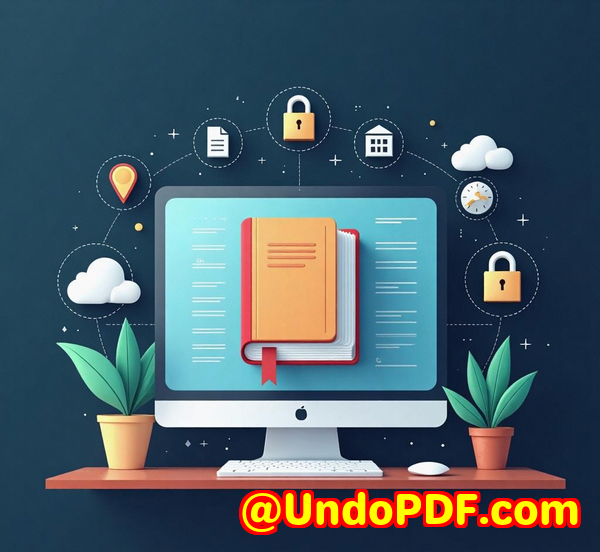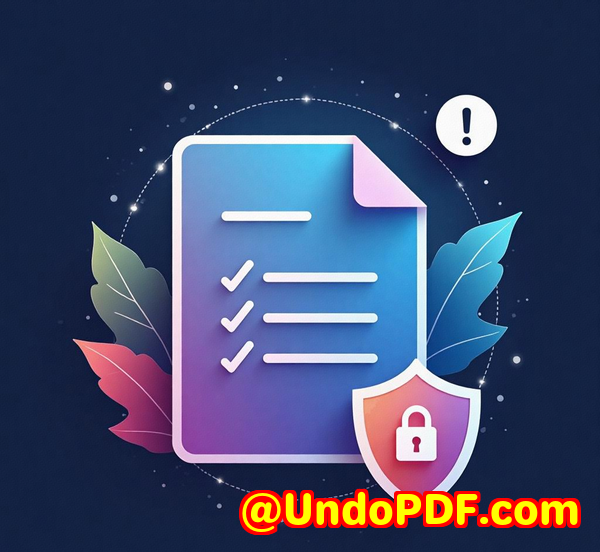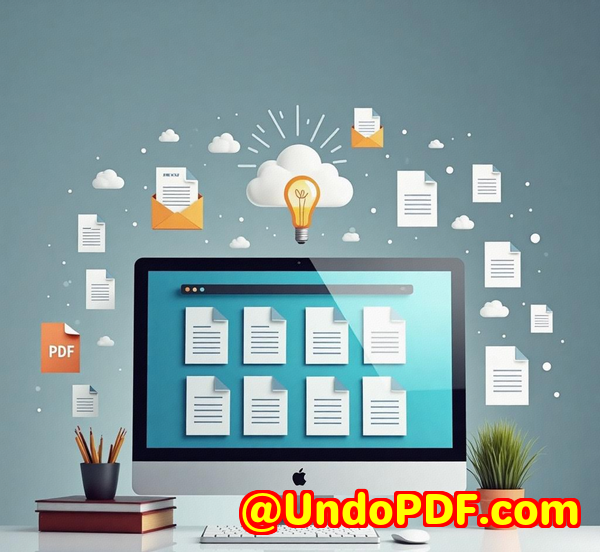How VeryPDF SPL to PDF SDK Can Improve Your Document Management Workflow in the Legal Sector
How VeryPDF SPL to PDF SDK Can Improve Your Document Management Workflow in the Legal Sector
Every Monday morning, I used to dread sorting through piles of scanned contracts, legal briefs, and case notes. The mess of having to deal with different file typesSPL, PDF, and imagesleft me feeling like I was in a never-ending loop. For legal teams handling high volumes of documents, it’s a nightmare that many are all too familiar with.

This is where VeryPDF SPL to PDF Converter Command Line SDK stepped in. It’s the kind of tool that made me realise how much time I had been wasting with clunky software and manual processes. If you’re in the legal sector and dealing with stacks of complex documents, this tool could be a game-changer. Here’s why.
What is the VeryPDF SPL to PDF Converter SDK?
Let’s start with the basics: the SPL to PDF Converter is a tool designed to convert print spool files (commonly called SPL) to various formats, including PDF, Postscript, XPS, TIFF, and JPEGjust to name a few. It supports a range of file types you’ll typically encounter in a legal environment, such as PCL, PDF, XPS, and even raw data from barcode printers.
The Command Line SDK is especially tailored for developers, offering complete flexibility. Whether you need to integrate it into your internal document management system, automate bulk conversions, or streamline your workflow, this SDK has got you covered.
How the SPL to PDF Converter Benefits Legal Teams
For those working in law firms, having access to an automated solution that can handle a variety of document types isn’t just convenientit’s essential. Here’s how I found the SPL to PDF Converter to be a valuable tool:
1. Easy Integration with Existing Systems
Let’s face it, legal tech often comes with a steep learning curve. When I first started using this tool, I was worried about how easily it would integrate with our existing systems. But the VeryPDF SDK provides ready-made libraries and supports various programming languages like C#, Java, Python, PHP, and more. It took just a few lines of code to get it running, which was a massive time-saver.
2. Bulk Conversion: Time-Saving for Legal Professionals
In the legal world, bulk document conversion isn’t just a nice-to-have, it’s a necessity. Whether you’re dealing with court filings, contracts, or discovery documents, you’ll often need to convert files from multiple formats into a single, standardised format. That’s exactly what the SPL to PDF Converter excels at.
I used it to process several SPL files (often generated by printers in legal offices) into PDFs in bulk. With multithreaded support, I was able to process thousands of files in a fraction of the time it would take manuallywithout losing any quality.
Key Features I Love About the SPL to PDF Converter SDK
Let’s dive into the features that really set this tool apart for legal document management:
1. Multiple Input Formats Supported
I can’t stress enough how convenient it is to have a tool that supports so many input formats. Whether it’s SPL, EMF-SPL, PCL, or Postscript, the tool handles them all seamlessly. I no longer need to worry about file compatibility, which was a constant issue with our previous systems.
2. Powerful Output Options
Once your files are converted, the SPL to PDF Converter gives you an abundance of output options. For instance, you can convert to PDF, JPEG, PNG, or even TIFF for scanning and faxing. But the best part? You have complete control over the PDF output: you can add encryption, set restrictions, and optimise your PDFs for printing or web use.
In the legal sector, confidentiality and document security are paramount. The 128-bit encryption and ability to set printing and editing restrictions on PDF documents are essential features. It’s a quick and simple way to ensure that confidential client information remains protected.
3. Combine Multiple Files into One Document
How many times have you had to merge several related documents into a single file for submission? The SPL to PDF Converter allows you to easily combine multiple SPL and PDF files into one cohesive PDF. This feature has been a lifesaver for creating case files or client dossiers.
Real-Life Application Scenarios in Legal Workflows
I’m all for tools that improve efficiency, but they need to be practical too. Here’s how I’ve personally used this tool in real-world situations:
Case File Organisation
In a busy legal environment, there’s no time to waste. When working on a case, the last thing you want is to spend hours manually converting files or searching through a bunch of scattered formats. Using the SPL to PDF Converter, I was able to automate the process of converting scanned documents, printer output, and emails into PDF format.
Having all documents in PDF format made it incredibly easy to organise, search, and share case files with colleagues or clients. It was the perfect solution for handling high volumes of paperwork.
Contract Management and Review
Legal teams spend a lot of time reviewing contracts. Being able to quickly convert contracts from SPL, EMF-SPL, or other formats into editable PDFs allowed our team to extract key clauses and make annotations directly in the document. This streamlined the process and improved the efficiency of contract negotiations.
Document Archiving
Archiving legal documents is an important part of ensuring compliance with industry regulations. Converting legacy documents (which were often in formats like PCL or Postscript) into PDFs was a challenge with our old system. But the SPL to PDF Converter made the process painless, allowing us to create digital archives that were fully searchable, shareable, and easy to access.
Why I Recommend the SPL to PDF Converter for Legal Teams
If your firm deals with a large volume of SPL files, printer output, or other legacy document formats, the SPL to PDF Converter SDK is a must-have tool. It will:
-
Save you time with bulk conversions and batch processing.
-
Help you stay organised with consistent document formats.
-
Improve security with encryption and access restrictions.
-
Allow you to easily integrate into your existing systems.
For anyone handling lots of legal documents, I’d highly recommend it. The time it saved me made it worth every penny. If you’re ready to streamline your legal document management, you can try the SPL to PDF Converter SDK now.
Custom Development Services by VeryPDF
VeryPDF offers tailored development services to meet your specific technical requirements. If you need custom solutions for PDF processing, document conversion, or other specialised tasks, VeryPDF can provide the expertise to create a system that works for you. Whether it’s developing utilities for Windows, macOS, or Linux, or offering solutions in Python, Java, or C#, VeryPDF’s team can bring your ideas to life.
For more information on how VeryPDF can help streamline your workflows, visit their support centre and discuss your needs.
FAQs
-
What file formats does the SPL to PDF Converter support?
-
The tool supports a wide range of formats including SPL, EMF-SPL, XPS, PCL, Postscript, PDF, and more.
-
-
Can I automate file conversion with this tool?
-
Yes, the SPL to PDF Converter supports command-line operations, making it perfect for automation in large-scale document management tasks.
-
-
How secure are the converted PDF files?
-
The tool offers 128-bit encryption and various restriction options, such as disabling printing, editing, and copying.
-
-
Is the SPL to PDF Converter suitable for legal document management?
-
Absolutely! It’s designed to handle the needs of legal teams that work with large volumes of files in various formats.
-
-
How easy is it to integrate the SPL to PDF Converter into my existing systems?
-
Very easy. The SDK offers compatibility with multiple programming languages like C#, Python, Java, and more, so integration is straightforward.
-
Tags or Keywords
-
SPL to PDF SDK
-
Legal Document Conversion
-
Bulk PDF Conversion
-
SPL file management
-
Legal Workflow Automation



